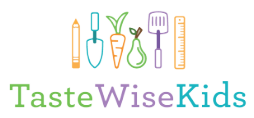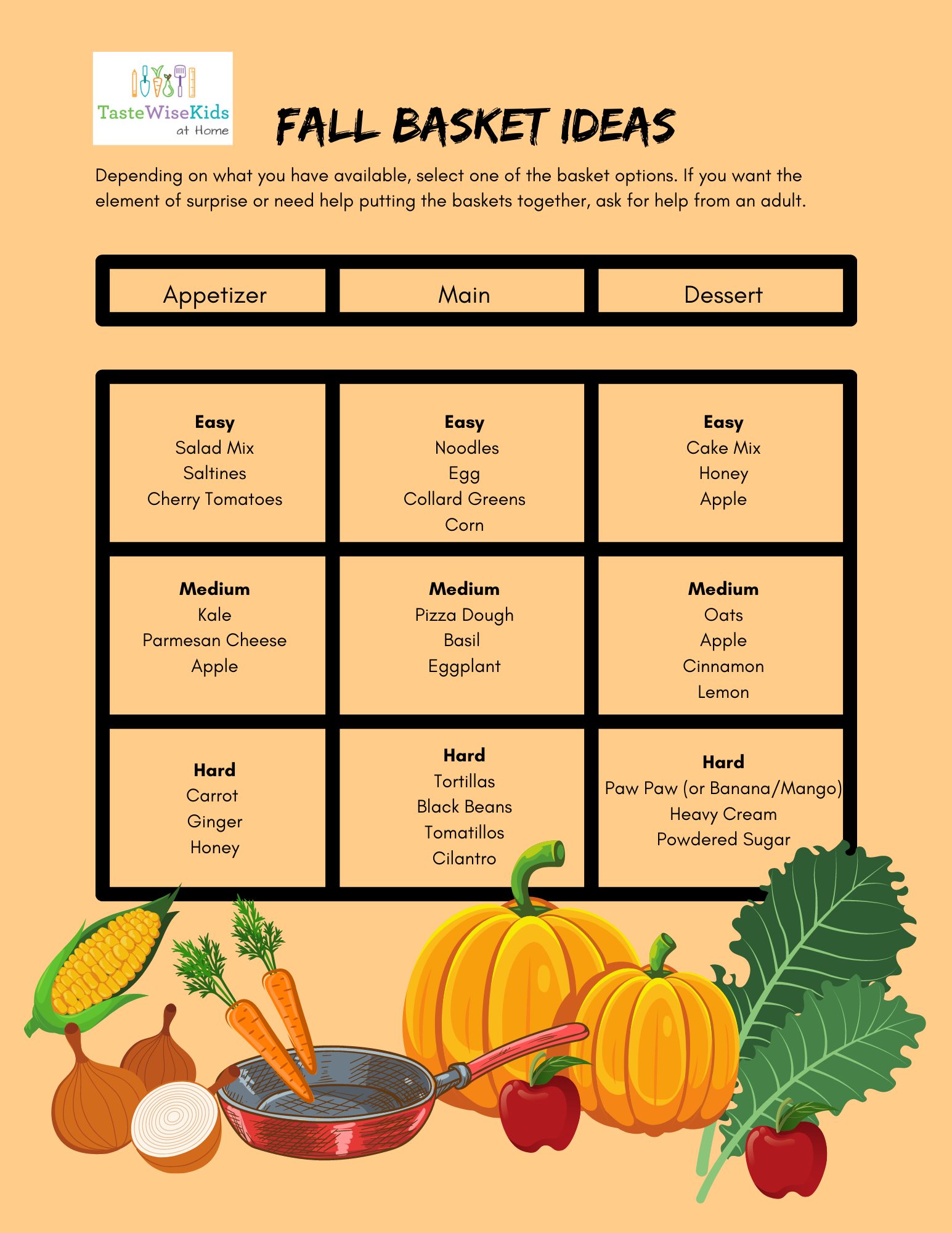#TWKatHome Activities
Careers, Wholesale Distributor
This week’s theme: Careers, Wholesale Distributor
Welcome to TWKatHome! Our at home education focus is on Food Careers. Through this blog you will get to interact with many amazing local food professionals - from farmers to food truck owners to recipe developers. Each week includes an exciting new activity you can do from home and some fun food facts!
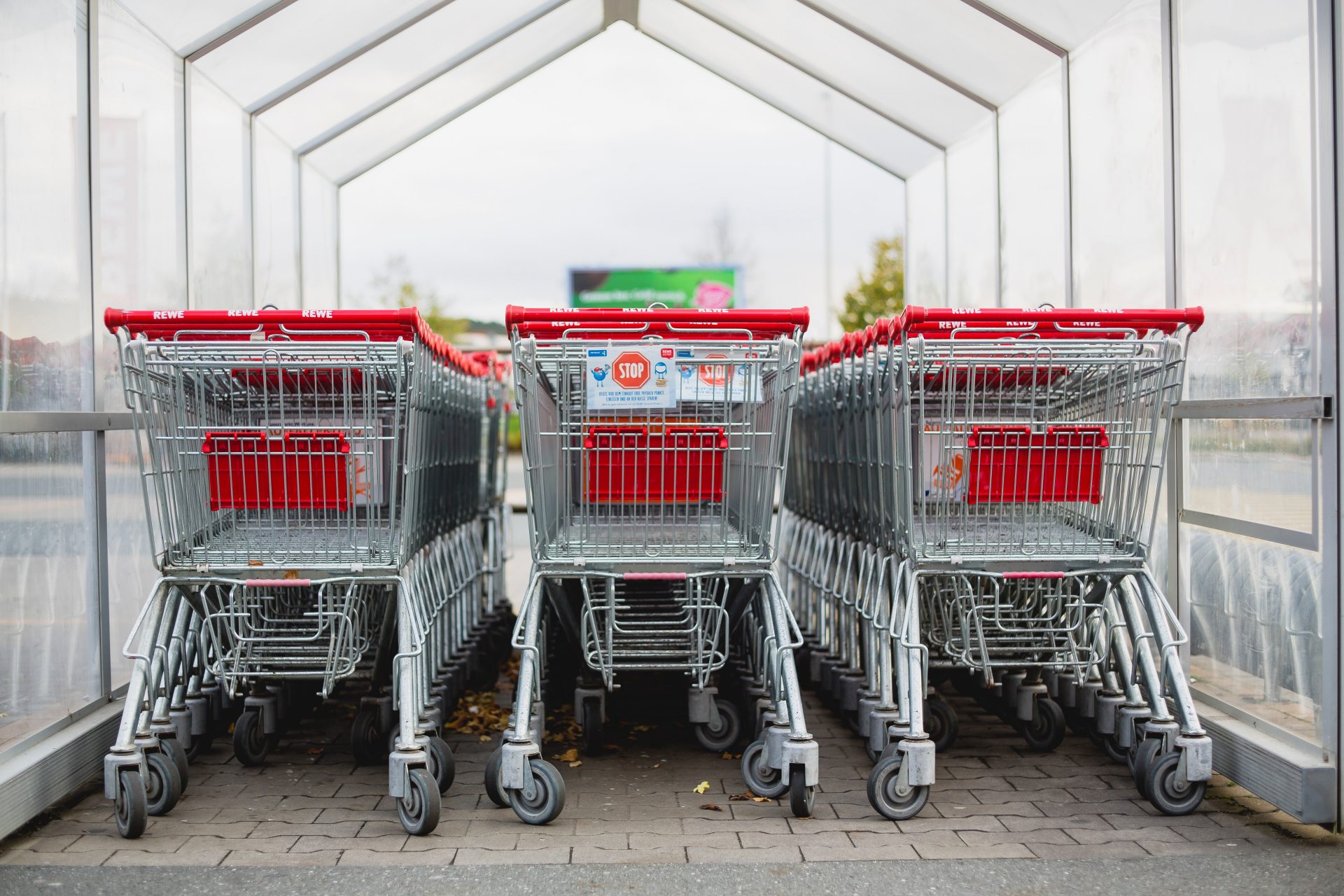
In this week of Food Careers we are taking a look at The Wholesale Distributor! We explore Leo’s career as a Sustainable Account Manager at a fish company that sustainably procures, or buys, fish on a global scale and delivers it to your local grocery store.
TasteWise Kids - are you hungry for some learning?
Do you know of any food businesses opening near you? Share a local food business that’s opening their doors this season to our social media! Facebook (@TasteWiseKids) or Instagram (@tastewise_kids) and use the hashtags #TWKatHome and #myTWKsalad, or email info@tastewisekids.org.
Let's explore what it looks like to be a Wholesale Distributor by getting to know Leo!
Leo has had a variety of rich and interesting experiences in his food career. His family has always had a deep appreciation for food. His grandfather owned and operated diners in D.C., so Leo grew up with an interest in and knowledge of the food service industry. His mother and aunt taught him greek cooking at a very early age and he would help them cook at his aunt's booth, The Suga Shack, for carnival on St. John, in the US Virgin Islands. The popularity of their booth led him and his family to open a food truck on St. John called Little Olive where they began selling their greek cooking year round. After a few years of operating the food truck, his aunt took over full-time, and Leo moved to Maine to work as a Lobster fisherman. The experience was life changing as he was able to see beautiful coastlines, open ocean, and would spend weeks at a time out on the boat catching lobster. After a few seasons of work on the lobster boat he decided to move back to where he grew up and started working at a wholesale fish distribution company.
His food industry skills come full circle with this job as he is able to buy delicious seafood from small fisheries around the world and sell to restaurants and grocery stores in the US. He is focused on sustainability and supporting the connections between good food and people's plates. In this interview with Leo we were able to ask a few questions about his career:
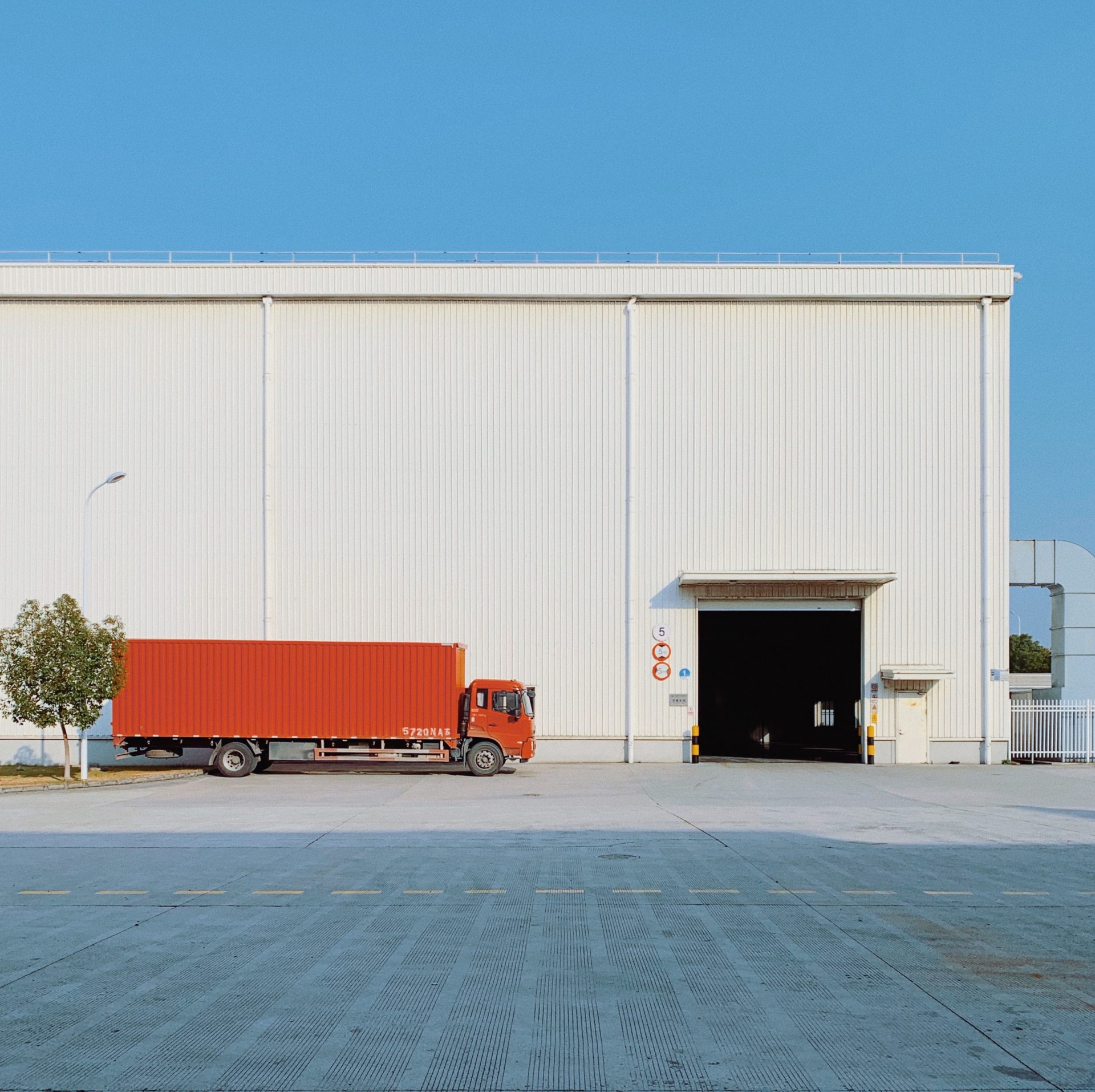
1. What does a typical day of work look like for you?
Well, because of the nature of seafood being something that needs to be brought to market faster than most other foods, my day typically starts early. But like many of those involved in the supply chain, from the fishermen setting out for heralded grounds, to the mongers chipping fresh ice for the day’s catch, I’ve found a serenity in and an appreciation for the morning anticipation for what the net will bring in that day.
I typically get to work and greet friends who are in the last hours of the night shift. The night shift is a notoriously forgotten and under-appreciated thing, but without it our global supply chain and the comforts we’ve all grown used to would come to a screeching halt.
Interestingly enough, it’s a policy in our company that everyone has to train on the night-shift. Regardless of if you are training to be an accountant or a fish cutter, you must be humbled by the psychotic rigor of turning your world upside-down and embracing the camaraderie of your peers, because most everyone you know is at home warm and in bed. I like to be reminded of that feeling first thing.
We are a big part of the grocery supply chain, and since Covid-19 has limited the occupancy, and in turn the popularity of restaurants, a lot more people are becoming their friends’ and families’ own personal chefs, and grocery seafood sales have sky-rocketed. I work closely with a number of different grocers, local, national and global, and facilitate the communication and demand between those companies and ours.
I spend a large part of my day communicating with fishermen and with buyers from grocers and markets around the country, and I implement strategies to make the supplier, the buyer and most importantly, Mother Earth happy. We are a company built around communities that respect and rely on the planet and we take pride in protecting that place for future generations. A meeting with an advocacy group or environmental certification representatives and the fishing community is a weekly occurrence.
Being fluent in spanish allows me to communicate more thoroughly with everyone I work with. So, towards the end of my day, I try to meet with different employees, and make sure any issues are heard and taken care of by someone who understands them.
The end of my day is seeing what local seafood has been caught that day and buying something to take home for dinner! We pride ourselves in supporting as many local suppliers as possible, not for the image and not only to support the communities closest to us but also because it just makes sense for the seafood industry. Maryland has one of the richest histories of communities built entirely around seafood; why not share that with people around the world?
2. Did your seafood company provide any training involved to be able to do your job?
Boy o boy. Well I think in any job you do, everything leading up to that moment is your training whether you realize it or not. I got to my current position at my job after moving back to the east coast a few years ago. I had lost most of my possessions and my plan for a future after Hurricane Irma ravaged the island of St.John in the US Virgin Islands where I owned and operated a food truck. Having grown up around my family's Greek restaurant business, I think my training started young, but my true appreciation for where food comes from didn’t really click until after the hurricane when, on a whim I decided to move to Maine and work in the lobster industry, seeing both the fishing side of it and the incredibly storied and exciting business side of it. It was the hardest I’ve ever worked, and to this day, I still tell my people it was the best job I’ve ever had. Talk about stinking! Working that long around dead herring (lobster bait) it’s in your soul and no amount of scrubbing gets it out.
When I finally moved on and back to the Maryland area I knew I wanted to be part of the huge task that is feeding the mouths of the world. When I started my job I honestly didn’t think I had a lot to learn, but was quickly proved wrong with the aforementioned 4 month training period, rotating jobs on the night shift. IT was like going to college again. I learned about logistics, fish anatomy, histamine levels, food certification, packaging, sustainable fisheries, wild caught vs. farm raised seafood, and so much more. I’m still training, I think we all are.
3. Do you interact with lobster at your job now?
I do! A big part of how we transport things with as little of a footprint as possible is not only driving trucks to grocery stores and back, but figuring out what fisheries are along the way. A big market of ours is in New England so we support the booming American and Canadian lobster businesses that then get sold to restaurants and markets in our area.
4. What was your most memorable moment as a lobster fisherman?
I look back on the time and am reminded of extremes. Extreme colors (coastal Maine looks like a painting come to life) extreme smells, extreme weather and by far the nicest people I’ve ever lived with. A day that comes back to me was in early September, and in the morning the water was glassy and it was tee-shirt weather, and by lunch it was blowing 90 and snowing. The guys I was working with just kept going like nothing had changed, laughing louder than ever while my numb fingers strained under the heavy weight of lobster traps and my palms got even more raw with every pull of a weathered rope. I loved it.
5. Do you have a most memorable moment as a chef and owner of the food truck Little Olive?
I think my most memorable moment owning the food truck was the moment we opened for business. We had done so much work, gotten over so many obstacles and hurtles, blood, sweat and dengue fever, and somehow I thought the hard work ended as soon as we opened. That first shift was a true disaster but it got better and better.
6. Do you see yourself working as a Chef again?
I think there will always be a place in my life for cooking for people. I find joy in cooking for people who are hungry, and the people that I love. You never know what food will lead to. If it’s a child deciding they want to be a chef one day? Amazing! If it’s the unspoken sigh of relief from someone who needed something warm in their belly, I’m happy. I think that gratification will always be in me.
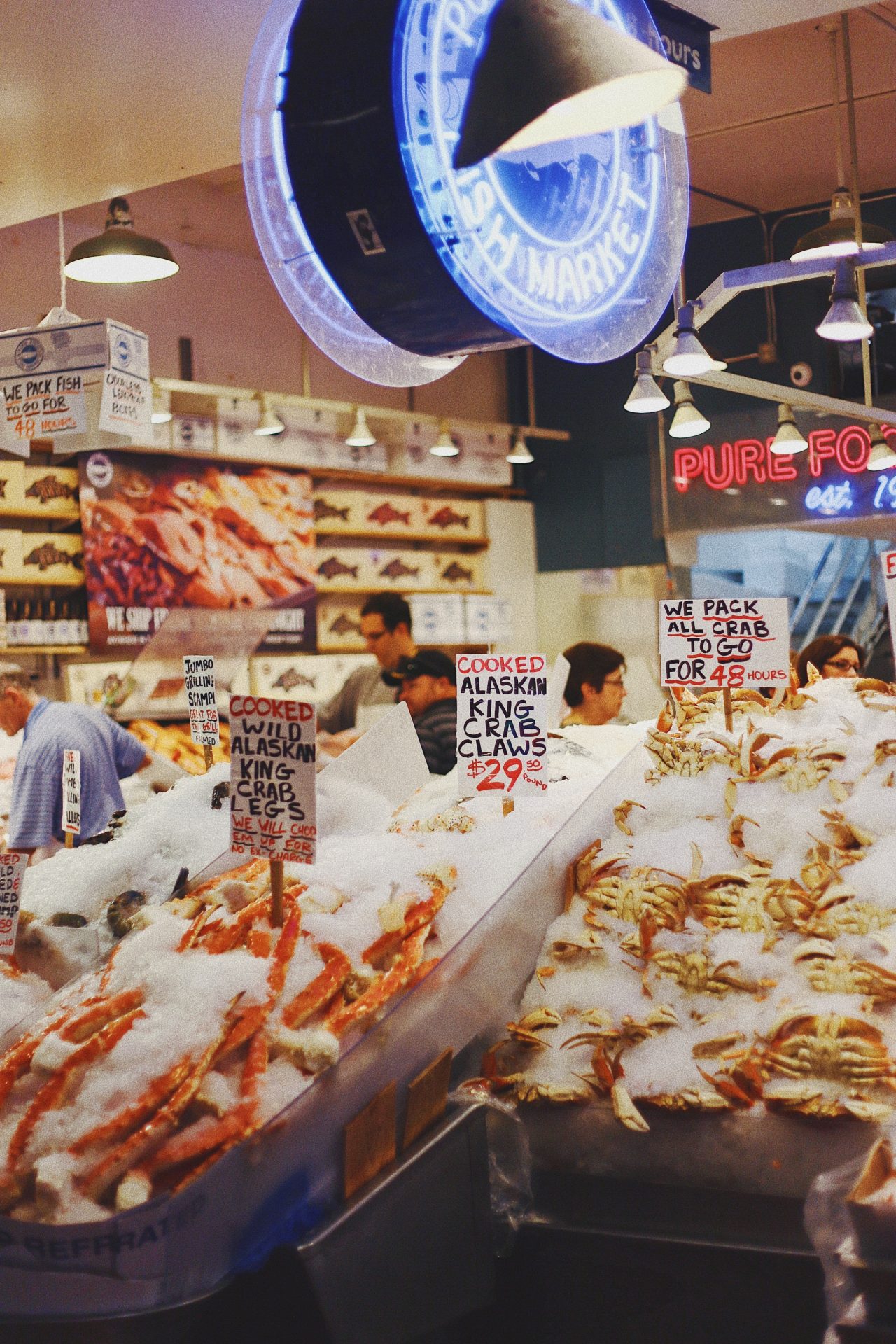
7. Do you have any advice or knowledge you'd like to share from your experience in the food industry?
The food industry is such a unique part of the human condition. We’re the only species that has this amazing and complex dynamic of feeding each other. I’ve learned to never discount anyone’s opinion or role based on any preconceived idea or notion. The dishwasher is probably a much better cook than the executive chef, and if you listen, you can learn something.
Activity: Chopped for Kids!
A chopped challenge is based on the Food Network Show, Chopped, where chefs go head to head in a cooking competition. Each chef gets a mystery basket with surprise ingredients in it. It is up to the chefs to put those ingredients together to make something that is presented nicely, creative and delicious. Are you up for the challenge?
Instructions are below or use this printable version: Chopped for Kids
Connect with Us
Did you rise to the chopped challenge? We'd love to see photos or videos of your basket creations on Facebook or Instagram, tag us and use the hashtag #TWKatHome. You never know, we might feature your work in our next blog post or on our Instagram or Facebook!
Instructions:
Step 1
Decide if you'd like to play Solo or challenge friends and family members to a competition either in person or over video. You can add a time limit for an extra challenge!
Step 2
Choose a basket idea from the page on the left based on what you have in the house already or things you'd like to get from the store. To make it a surprise, just like in the show, have a friend or family member choose the basket and hide the ingredients inside a box or bag.
Step 3
Prepare a dish using the ingredients in your basket and others from around the kitchen. Your goal is to make something tasty, creative and beautifully presented.
Step 4
Have someone judge your dish using the judging guide on page three of the activity sheet. Most importantly, have fun and enjoy trying your delish tv-worthy creation!
Downloads
If you would like to explore some examples of Chopped Junior on the Food Network, check out some of the episodes here. By watching some of these episodes, you can get a feel for what the Chopped challenge is and some ideas on how to tackle it at home!
Keep Learning
If Food Could Talk: Fun Facts about Seafood
- Americans eat about 1 billion pounds of canned tuna a year.
- Fish is an easy and delicious way to add essential nutrients to your diet including lean protein, healthy fat and important vitamins and minerals like Vitamin D and Omega-3.
- Americans are eating more fish now then they have in over a decade.
- Shrimp is the most popular seafood in America.
- Overfishing can have a negative impact on the ocean’s health. A sustainable seafood movement gained attention in the 1990’s.
- Sustainable seafood is seafood that is either caught or farmed in ways that consider long-term vitality of harvested species and the well-being of the oceans, as well as the livelihoods of fisheries and dependent communities.
- You need a license to fish in Maryland. The license is required in order to regulate how many people are fishing and what species are being caught.
